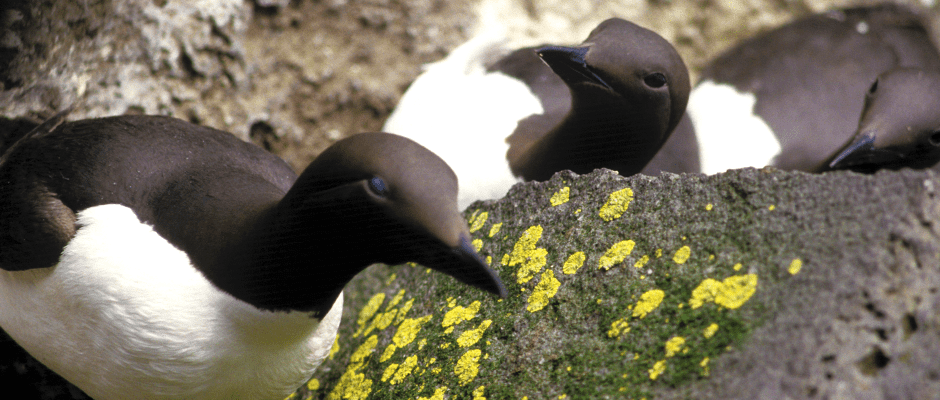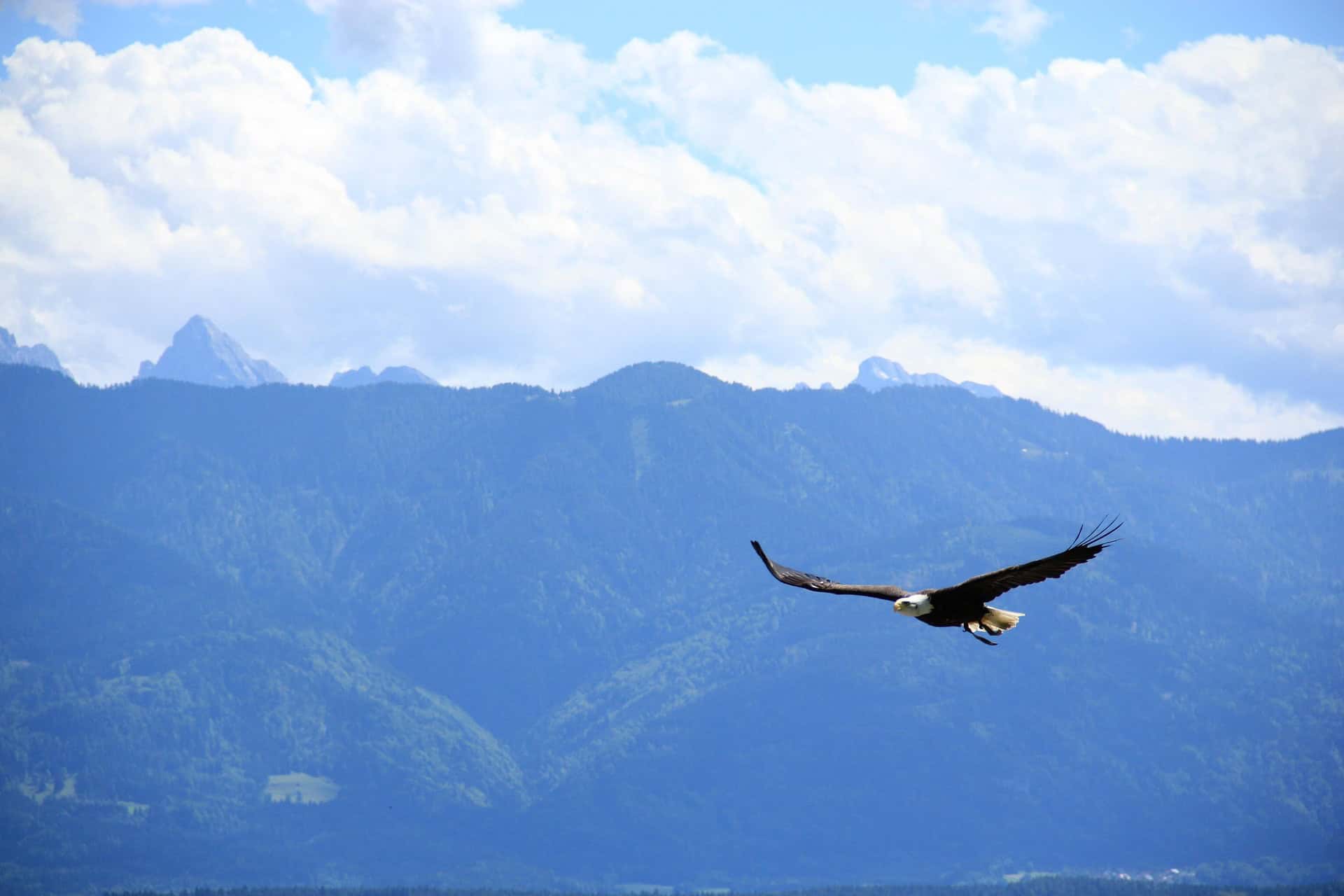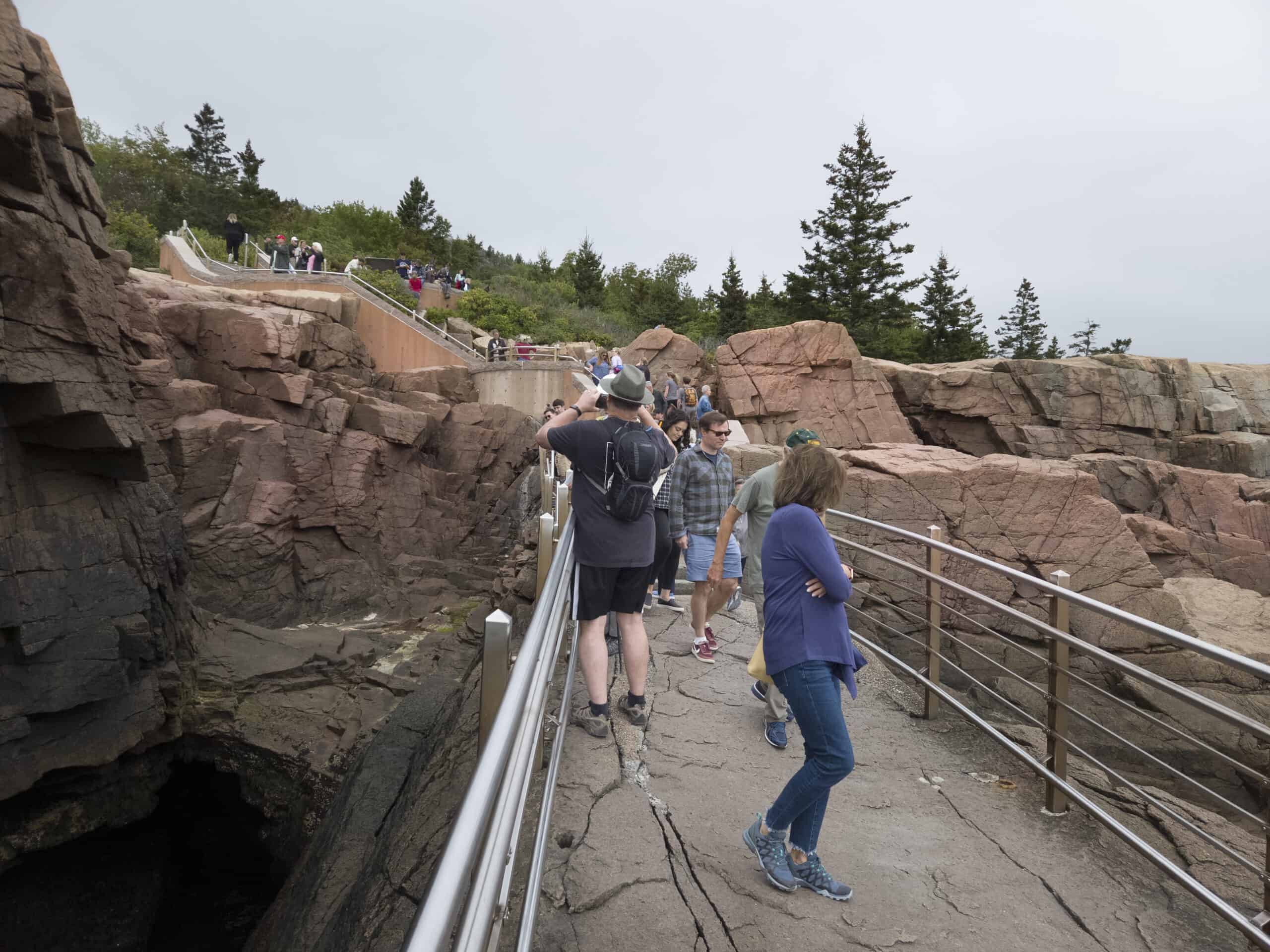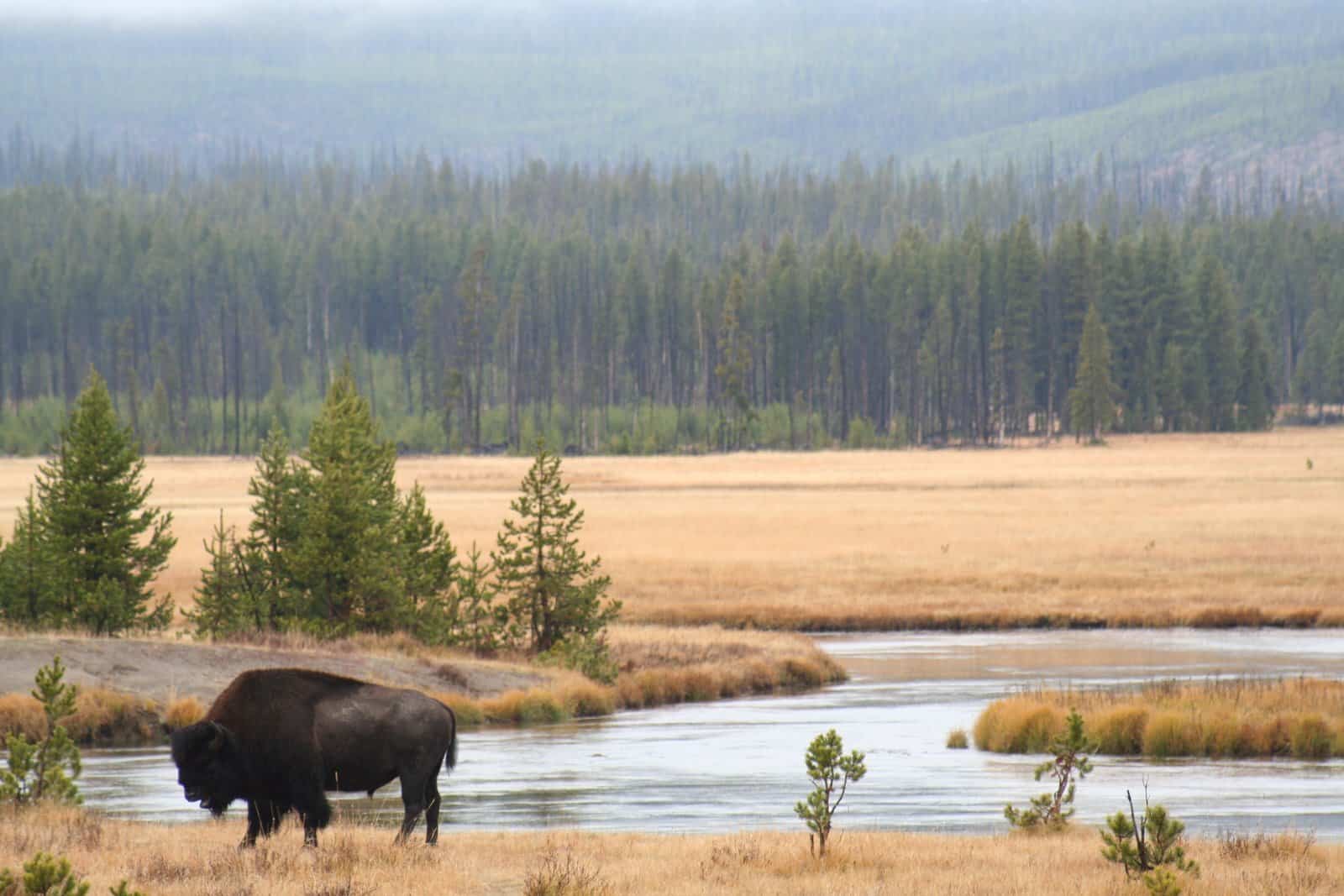Share this article
El Nino Likely Culprit for Thousands of Dead Alaska Seabirds
Warm weather and water conditions caused by el Nino may be the reason thousands of seabirds are washing up dead on Alaska shores or flying inland far from their traditional feeding grounds.
It all started when a woman walking her dog discovered several birds washed up on shore in Seward in Alaska’s Resurrection Bay in March of last year and contacted the U.S. Fish and Wildlife Service.
“One bird is one thing, but once you start seeing two or three, that gives you precedence to go out and collect some data,” said Robb Kaler, a seabird biologist with USFWS’ Migratory Bird Management unit based in Anchorage.
Necropsies showed that the common murres (Uria aalge) had died of starvation and had no traces of disease or chemicals that could have led to poisoning.
The strandings, and dead birds washing onshore continued until reaching a peak over New Year’s, when Kaler said their phones were ringing off the hooks with calls. Birds have turned up from the Aleutian Islands all the way to Sitka in the southeast corner of the state.
A breeding site in the Gulf of Alaska also saw the complete abandonment by the murres in July and August.
“Nearly every bird had left the colony was not attempting to breed,” Kaler said. This is particularly uncommon because murres are generally some of the more stalwart breeders of the ocean — with something 50 percent of chicks surviving every year.
Kaler said they’ve also received reports of hundreds, and perhaps thousands, of birds turning up on rivers much farther inland than they normally appear in Cook Inlet and other areas around mid-November. Rehabilitation centers captured and rehabilitated some of these murres, which were found even as far inland as Fairbanks, hundreds of miles north of Anchorage and the southern coast of Alaska.
“We can only assume some of this was that these birds were desperately following some of these rivers inland,” Kaler said.
Murres are the most widespread of the dead birds being found, but Kaler said that these events tend to happen historically, often coinciding with el Niño events like the one occurring right now.
“The thing that makes this unusual is how widespread it is,” he said. And it may not be over yet: “We would assume because most seabird mortality events happen in the winter, this will probably continue.
He also noted that warmer sea water usually means that less plankton gets pushed up from deeper parts of the ocean. These plankton form the basis of the marine food web.
The mechanism behind the starvation is unclear though, Kaler said. “Is it changes in prey distribution or abundance? Does prey behave differently in warmer waters making murres less efficient at foraging? Murres require consuming between 10 to 30 percent of their body mass daily, so going a week without eating could compromise their abilities to endure harsh winter storms, which are predicted to intensify with climate change.”
Header Image:
Common murres in Alaska.
©Allen Shimada NOAA/NMFS/OST/AMD, licensed by cc 2.0








